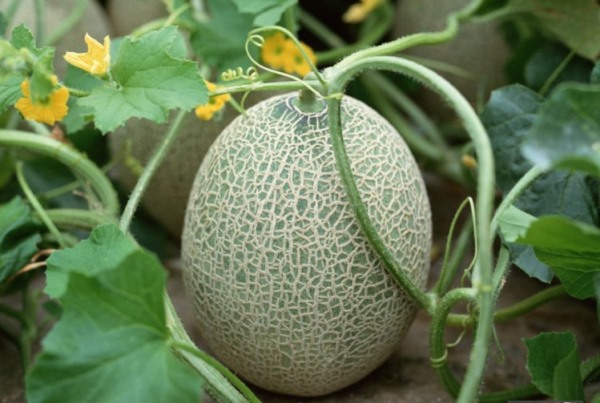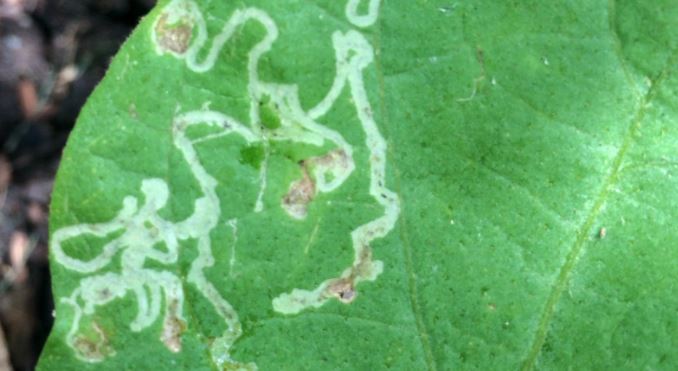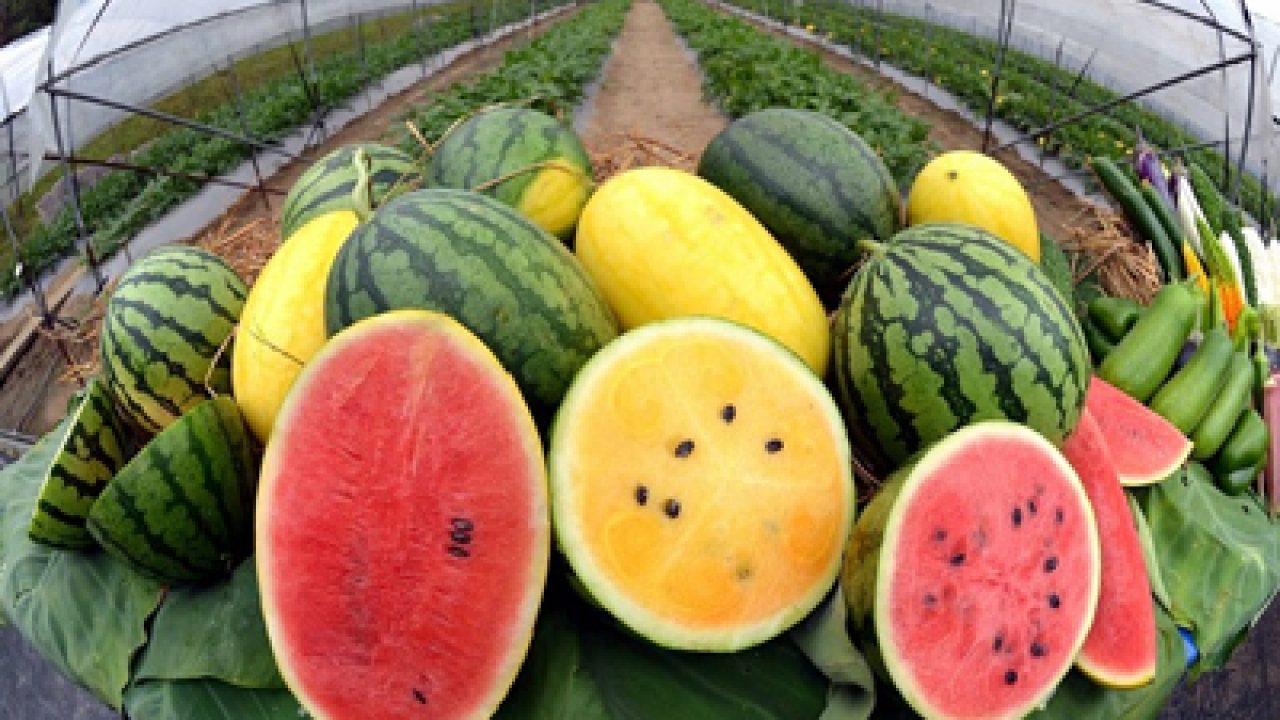Skip to content
- Affected plants during the growing season to be withdrawn and destroyed.
- Spray Wapkill (Acitamprid) @ 100 gm/acre or
- Confidor(Imidacloprid ) @ 100 ml + 250 gram beauveria bassiana/acre or
- Spray Thiamethoxam 12.6% + Lambda Cyhalothrin 9.5% ZC @ 100gm/acre or
- Spray Abacin (Abamectin 1.8% EC) @ 150 ml/acre
Share
- Adults leaf miners look like small black and yellow flies.
- Larvae exit from the leaf after completion of their development and then pupate axles on plants.
- Females puncture the leaf to feed plant sap and lays eggs within the leaf tissue.
- This damage restricts the plant growth and results in reduced bulb yield and loss of vigour.
- Tunnels or mines can be seen in the leaves.
Share
- Pinches are made to prevent overgrowth of watermelon from the plant.
- When there is enough fruit on the oxen of watermelon, then there should be a solution to pinch, which can prevent the bull from failing.
- Pinching and cutting unwanted wounds results in good nutrition for the fruit and the development of the fruits is good.
- If there are too many fruits on a vine, then remove the small and weak fruits so that the normal fruit gets better.
- By removing unnecessary branches, watermelon gets complete nutrition and it grows very fast.
Share
- Destroy infected plants and plant debris.
- Use of disease-free seed.
- Seed treatment with carbendazim @ 2 gm/kg seeds before sowing.
- Use Propiconazole 25% EC @ 80-100 ml/acre when the disease appears on the muskmelon plant.
Share
- Diseases are more common in sandy soil.
- The plant shows a distinctive dark brown necrotic rot of the crown and upper portion of the taproot.
- This decay extends around the stem and girdles the plant.
- The affected area turns soft and mushy
- affected plants show wilting symptoms
Share




